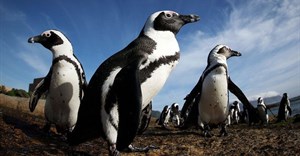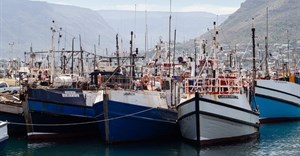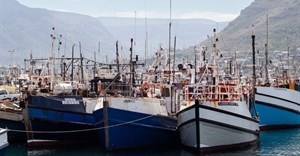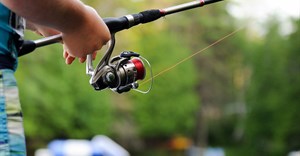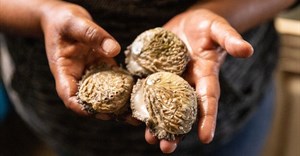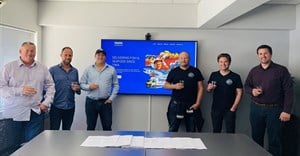Trending




 Sabre EMEA 2024 Awards: Razor PR, Retroviral top SA agenciesDanette Breitenbach
Sabre EMEA 2024 Awards: Razor PR, Retroviral top SA agenciesDanette Breitenbach
Elections 2024
Fishery project makes progress in protecting biodiversity of international waters
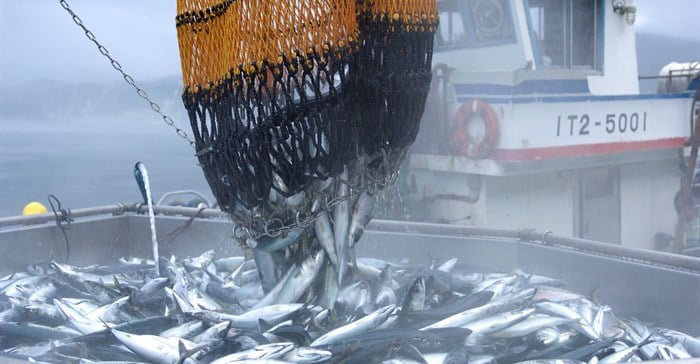
The Common Oceans ABNJ Programme focuses on areas beyond national jurisdiction (ABNJ) that cover 40% of the earth and comprise nearly 95% of the oceans' volume.
"The programme has brought together a broad and unique partnership to tackle this challenge by promoting the sustainable management of fishery resources and ecosystem-based practices, with some outstanding results. We hope to expand this initiative to continue safeguarding our marine biodiversity and contributing to the global goals and aspirations of the 2030 Agenda for Sustainable Development and the post-2020 Global Biodiversity Framework," addsSemedo.
GEF-FAO Programmes achievements
Eight out of 13 major commercial tuna stocks no longer experience overfishing
Between 2014 to 2019, the number of major tuna stocks experiencing overfishing went down from 13 to five. This means eight fish stocks are now being rebuilt to reach a healthy level.
To make this happen, the Common Oceans ABNJ Program brought together scientists and fishery managers to develop sustainable and transparent tuna harvest strategies and processes based on computer simulation exercises. This then helped them set and apply more sustainable tuna catch limits.
Every year, nearly six million tonnes of tuna species are fished worldwide. The annual value of the business is almost $12bn. The strong demand, combined with the excessive number of fishing vessels, meant that tuna stocks were under immense pressure.
Bycatch and marine pollution reduced
Adjustments to fishing gear - such as placing the gillnets two metres deeper - as well as training in how to protect threatened species have helped save marine mammals, mainly dolphins and sea turtles.
For example, between 2013 to 2018, the mortality rate of marine mammals caught by Pakistani gillnet fisheries in the northern Arabian sea was reduced by 98% - from 12,000 in 2013 to less than 200 in 2018.
Bycatch reduction was also made possible thanks to an uptake in non-entangling and ocean-friendly fish aggregating devices - so-called FADs - that are used to attract fish.
Prior to the Program, there were no FAD-guidelines in place for the Atlantic, Indian, Eastern and Pacific or Western and Central Pacific Oceans. In 2019, all of them had FAD-guidelines.
The programme developed and tested non-entangling and ocean-friendly FAD-designs, and carried out workshops with over 2,500 fishers from 22 countries about bycatch mitigation techniques.
To bring down further plastic pollution at sea, studies are ongoing on the use of biodegradable materials for FADs.
Eighteen new vulnerable marine ecosystems established
Between 2014 and 2019, the Program helped to establish and protect vulnerable marine ecosystems in 18 new areas - home to deep-sea species such as corals and sponges. This means these areas have been closed to fishing.
Two of the sites are in the Pacific Ocean, five in the southern Indian Ocean, one in the Southern Pacific Ocean, seven in the international waters around Antarctica and three in the Mediterranean.
Raising awareness on ocean issues to strengthen decision-making
Sharing experiences, showcasing innovative solutions and gaining a deeper understanding of the complex issues at stake in international waters, the Program also established a group of ABNJ Regional Leaders.
Connecting representatives and decision-makers from 34 countries and across various sectors strengthened their ability to participate in the ongoing negotiations for a new international legally-binding instrument under the United Nations Convention on the Law of the Sea on the conservation and sustainable use of marine biological diversity of areas beyond national jurisdiction (BBNJ).
The partnership behind the programme
FAO worked with the United Nations Environment Program (UNEP), the World Bank, World Wide Fund (WWF), tuna and deep-sea Regional Fisheries Management Organizations, civil society, national governments, the private sector and non-governmental organizations - all in all over 60 partners - to roll out the GEF-funded programme.
To address the critical nexus between environment and sustainable food systems, GEF is an increasingly important partner for FAO with an emphasis on innovation, private sector and integrated systems-based solutions. Today, FAO manages a GEF portfolio worth nearly $900m and representing over 190 projects in more than 130 countries.
Discussions are underway at the ABNJ Global Steering Committee Meeting (29-30 January) in Rome to extend the Program - all with the aim of continuing to strengthen governance in international waters and reinforce measures to combat illegal, unregulated and unreported fishing (IUU), and improve coordination amongst all those who have an interest in the sustainable use of the international waters.


